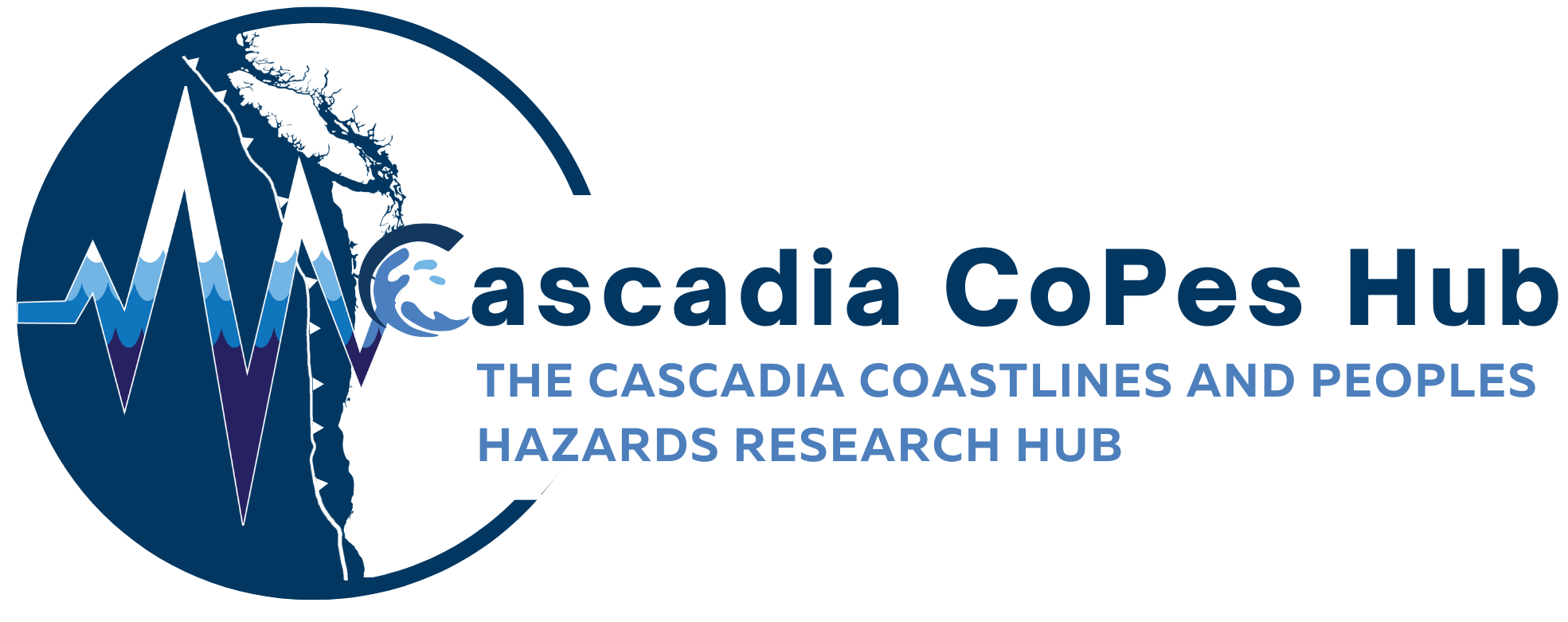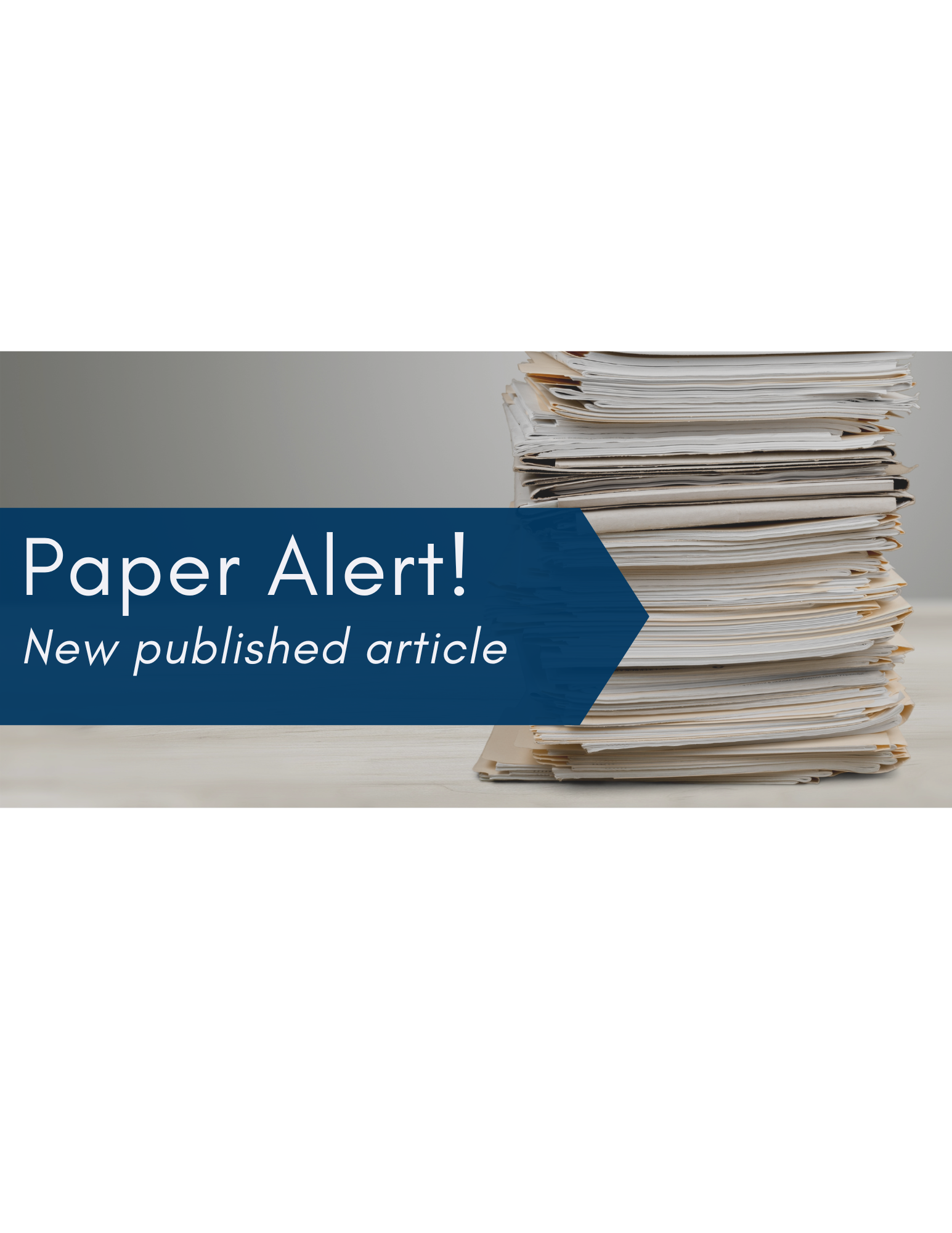Daily vulnerability and disaster resilience: a case study of preferred community assets and social capital for Latinx coastal residents
Joshua Blockstein (CEOAS, Oregon State University, Corvallis, Oregon, USA)
Jenna H. Tilt (CEOAS, Oregon State University, Corvallis, Oregon, USA)
Beatriz Botello Salgado (FCH/SNAP-Ed Program, Oregon State University Extension Service, Newport, Oregon, USA)
Read the full article here
Purpose
This study explores how marginalized populations in high-hazard-risk areas on the Oregon coast utilize valued locations and social networks to adapt to daily challenges and natural hazards.
Design/methodology/approach
We hypothesize that locations most valued for their associated resources (community assets) also support the most social capital. Focus group discussions and a novel conceptual mapping activity were employed to identify preferred community assets and associated social capital for Latinx residents.
Findings
Community-based organizations, churches and schools are the preferred community assets found to enable strong social capital, although differences existed in which forms of structural social capital were identified. Mechanisms by which relationships are formed in this case study and implications for disaster resilience are discussed and theoretically linked to other relevant contexts.
Research limitations/implications
We provide policy recommendations to utilize community assets and social capital to support disaster resilience for marginalized populations.
Originality/value
Recruitment of participants through a community-engaged process developed trust with Latinx community members. Focus group design addressed barriers to participation to create space for diverse perspectives. By applying social capital theory to this data, actionable insights are identified to better incorporate the values and needs of marginalized groups into disaster risk reduction efforts.


Comments are closed